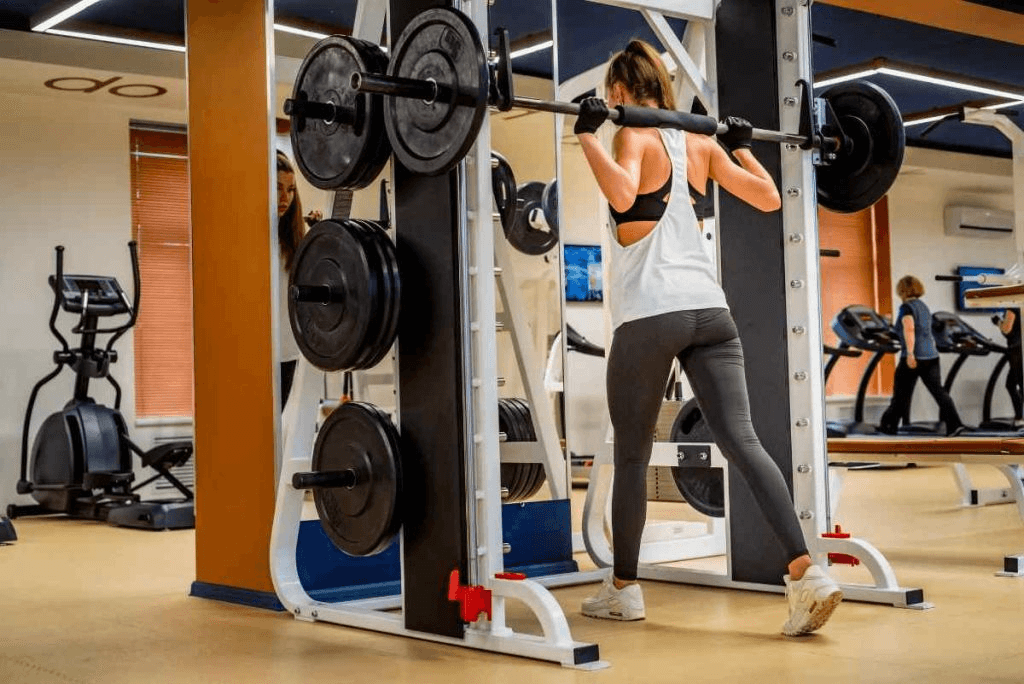When it comes to leg day, gym-goers often gravitate toward free weights or skip legs entirely—both can be mistakes. The truth is, lower body machines at the gym offer a controlled, safe, and highly effective way to build strength, improve mobility, and reduce injury risk, especially for beginners or those recovering from injury.
Whether you're aiming to tone your legs, build muscle, or support athletic performance, leg machines offer targeted movement patterns that free weights can’t always replicate. This article breaks down what machines to use at the gym for legs, how they target different muscle groups, and how to integrate them into a smart training routine.
Why Use Leg Weight Machines at the Gym?
Leg weight machines provide several advantages:
-
Stability: Fixed paths reduce the need for balance, allowing you to focus purely on muscle contraction.
-
Muscle Isolation: Machines make it easier to isolate specific leg muscles—like quads, hamstrings, and glutes—without the need for complex technique.
-
Joint Support: Machines often provide back or seat support, which reduces strain on the spine and knees compared to free-weight alternatives.
They’re especially valuable for beginners, older adults, and anyone looking to perfect form before advancing to more complex lifts.
The Best Lower Body Machines at the Gym
Here are the most effective leg muscle exercise machines and what they’re best used for:
1. Leg Press Machine
The leg press mimics a squat in a more controlled environment. It primarily targets the quads, hamstrings, and glutes. Adjust your foot placement to shift emphasis: higher targets hamstrings and glutes; lower shifts to quads.
2. Leg Curl Machine
This machine works the hamstrings—the muscles on the back of your thighs. Seated or lying leg curl machines are both effective. Controlled movement is key to avoid using momentum.
3. Leg Extension Machine
Great for isolating the quadriceps (front of the thighs), leg extensions help improve knee joint strength and are often used in rehab settings.
4. Hip Abduction/Adduction Machines
These machines target the inner (adductors) and outer thighs (abductors), which play key roles in pelvic stability and balance.
5. Glute Kickback Machine
As the name suggests, this machine targets the glutes. It’s ideal for building strength and definition in the posterior chain without engaging the lower back excessively.
6. Calf Raise Machine
Standing or seated, calf raise machines isolate the calf muscles—often overlooked but essential for ankle strength and explosive movement.
How to Structure a Leg Workout with Machines
For a balanced routine, focus on hitting all major leg muscles. Here’s a sample machine-based workout:
-
Leg Press – 3 sets of 10 reps
-
Leg Curl – 3 sets of 12 reps
-
Leg Extension – 3 sets of 12 reps
-
Hip Abduction – 2 sets of 15 reps
-
Glute Kickback – 2 sets of 15 reps (each leg)
-
Calf Raise – 3 sets of 15-20 reps
Rest 60–90 seconds between sets and adjust weight based on your ability to maintain proper form.
A Personal Perspective
I still remember my first serious encounter with leg machines years ago—after a minor knee injury left me cautious about squatting. Machines like the leg press and seated hamstring curl allowed me to train around the injury and rebuild strength safely. What surprised me was how much I could isolate weak areas I had previously overlooked, like my inner thighs and glutes. That period not only changed my approach to training but also deepened my respect for machines as powerful tools—not just beginner equipment.
Final Thoughts
Knowing what machines to use at the gym for legs can transform your lower body workouts. Whether you’re a beginner learning proper mechanics or a seasoned lifter using machines for hypertrophy and injury prevention, these tools offer consistency and precision. Start with machines that match your goals and progress gradually, focusing on form and muscle control.
Strong legs don’t just look good—they improve posture, athleticism, and overall mobility. Next time you hit the gym, don’t skip the machines. They might just be the key to unlocking your lower body’s full potential.











































Leave a comment
This site is protected by hCaptcha and the hCaptcha Privacy Policy and Terms of Service apply.